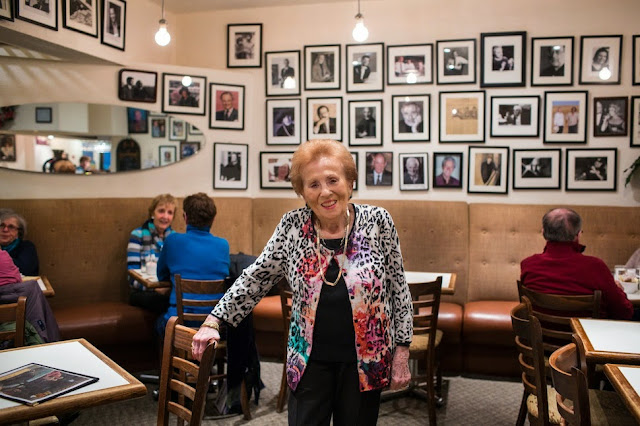Coming out at the Keg n Cleaver
In the summer of 1973, a long total solar eclipse occurred. It was the year that Roe v. Wade made abortion a US constitutional right. It was the summer of Gladys Knight & The Pips, Midnight Train to Georgia. Entrusted with the graveyard shift as the fledgling kitchen manager of one of the first iterations of The Keg, which was then known as the Keg 'n Cleaver, I was not quite eighteen. Solitude boosted my creativity and allowed me to be productive without the constant interruptions and surveillance of a high-volume kitchen during peak hours. There were plenty of psychological advantages to working independently. I enjoyed playing the taped repertoire of jazz and blues to funk and soul recorded for the dining room. The playlist was my initiation to Bette Midler singing "Daytime Hustler" and "Do You Want to Dance," as well as the Pointer Sisters singing, How Long (Betcha Got a Chick on the Side).
Taking on additional duties and using initiative, I worked my way up from the back-breaking work of the dish pit. There was a party to reward the energetic staff and celebrate the restaurant's accomplishments since it had opened to great success the previous December.
I headed downstairs to the washroom located in the basement, likely to check my hair in the mirror. One of the friendly dining room waiters known to have an enviable rapport with customers and a master at turning tables often struck up brief conversations with me in the kitchen. He was the only other person in the washroom. "Hello," he said with a wide smile. In the past, he complimented me while surreptitiously grazing on remnants of lobster or rib-eye steak that he had cleared from one of his customers' tables in the dining room. Instinctively, I shielded him from the unwanted scrutiny of management. Always personable, he initiated a conversation. He remarked admiringly on my leather platform shoes with green and mustard cutouts and appliqué silver stars which allowed me to be confidently six inches taller, and my dark green silk shirt emblazoned with multiple white headshots of Marilyn Monroe. I clarified, my Mother's wedding to my stepfather had warranted the extravagant shirt purchase, which I later saw advertised in Playboy magazine. My shoes, I explained, were bought at Master John, a glam rock shoemaker on Yonge Street in Toronto.
He inquired, "Are you enjoying the party?" My heart raced when he unexpectedly asked, "Are you gay?" It was the first time someone had questioned me about my sexual orientation. Surprised and fearful, I answered without hesitation but with a certain amount of trepidation about defining myself in the affirmative. "I thought you might be," he confided, reassuring me he was too. Gary was always quick to accept labels society was intent on branding gay people.
I did not know any openly gay people. I had not suspected Gary was gay. Not having been exposed to the gay community or culture, I was credulous that his manner was so unabashedly forthright. What little I knew, I had read clandestinely about in library books, and magazines or seen in contemptible television and movie characterizations. I was naive and clumsy and did not dare ask questions or volunteer personal information.
He asked, "Do you want to meet some other gay people? Would you like to go to a gay dance?" When I was more comfortable, Gary would refer to the dance as the homo hop. He explained, "There is a student-sponsored and organized bi-monthly dance at UWO that has been operating for a couple of years. Gay people are allowed to dance openly with each other." This was the beginning of a twenty-two-year friendship that ended when Gary died of AIDS in 1995.
Gary was from Petrolia in southwestern Ontario. He had a rural, small-town background, was two or three years older than me, and retained a disarming politeness. He sported shoulder-length, sun-bleached hair and was good-looking, masculine with a bushy moustache that became a part of his identity. Drawn to all forms of aviation, one of his dreams was to become a commercial pilot. Gary drove a yellow, rear-drive, two-seat, Opel sports car with no accessible trunk. The epitome of suave, Gary was embroiled in an on-again and off-again boyfriend whom he met while working as a busboy at The Latin Quarter Restaurant and Tavern (which featured cocktail waitresses with fishnet stockings, bunny ears and tails). His boyfriend's father was a police officer.
At the time, I was living in a large communal house on Clarence Street within walking distance of the Keg. One of the waitresses from the Keg and her boyfriend shared the house with another couple. They offered me a room with house privileges...
Bryan Lavery




Comments
Post a Comment